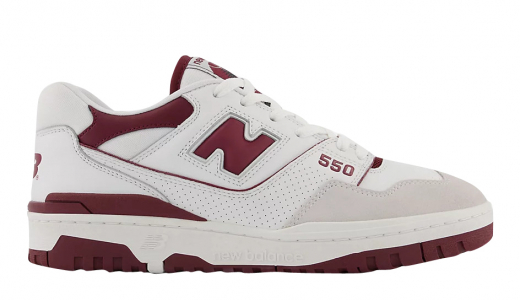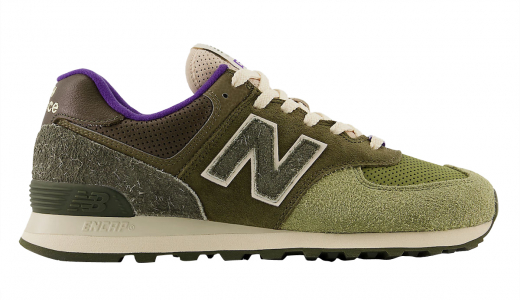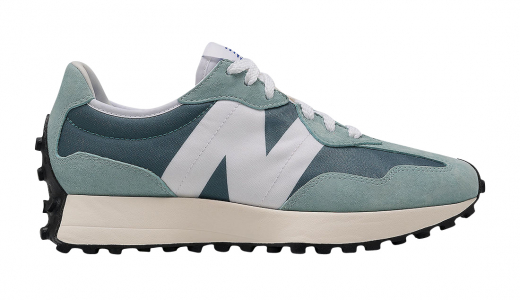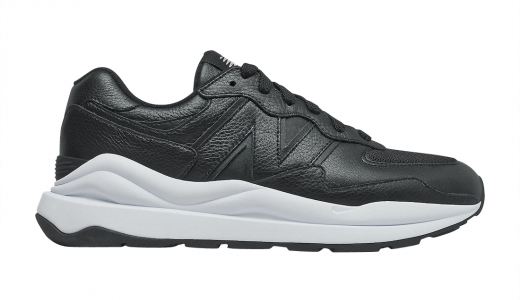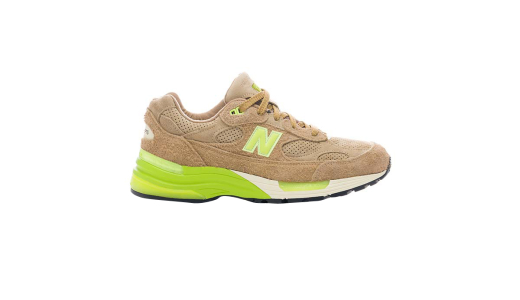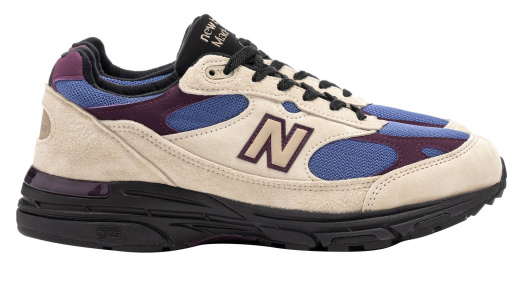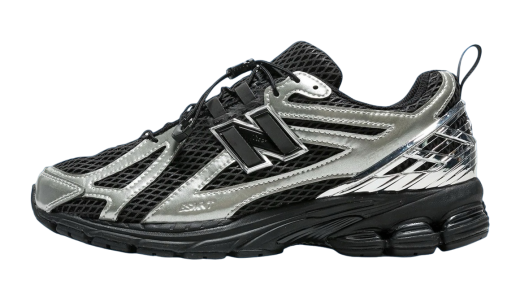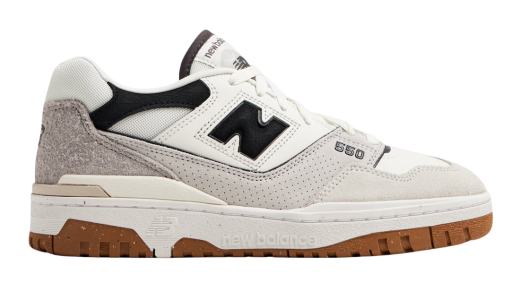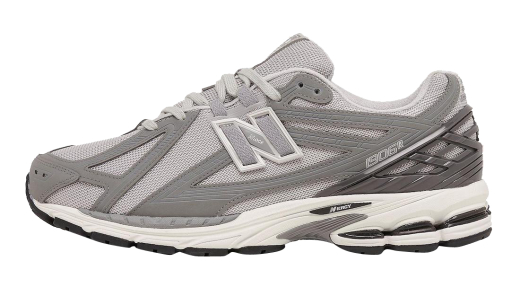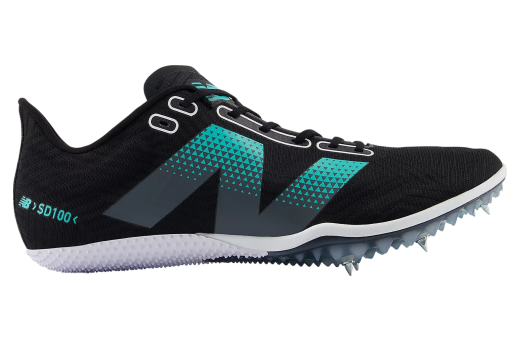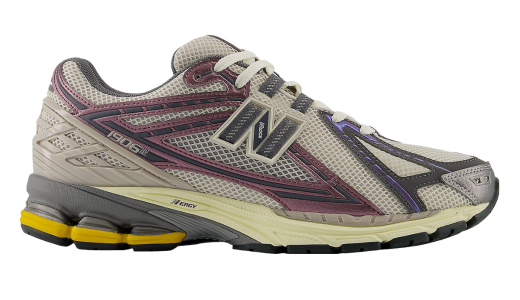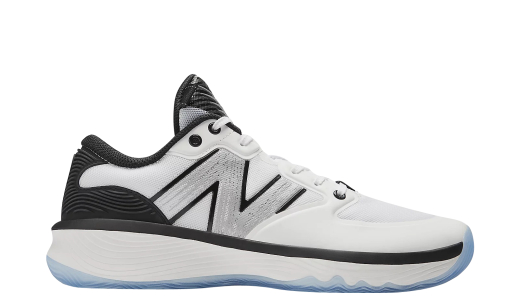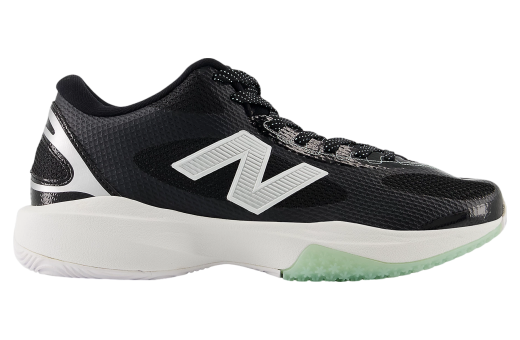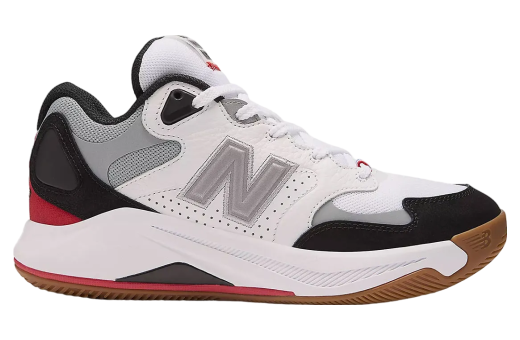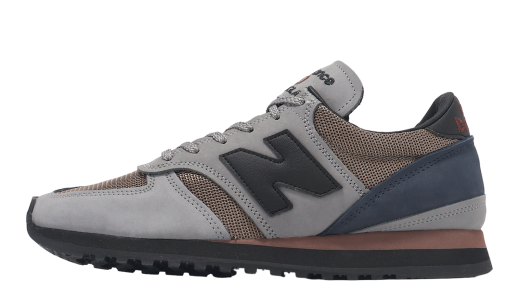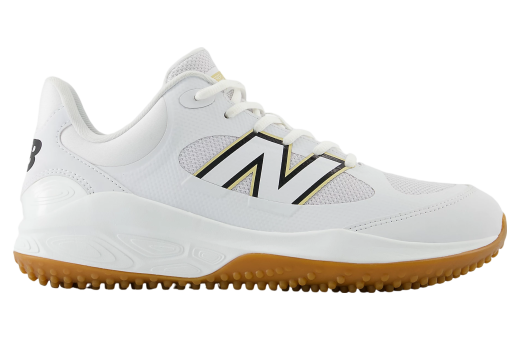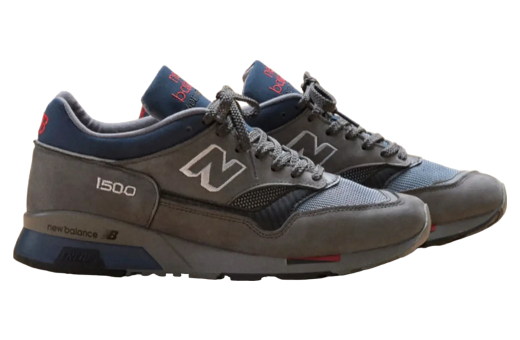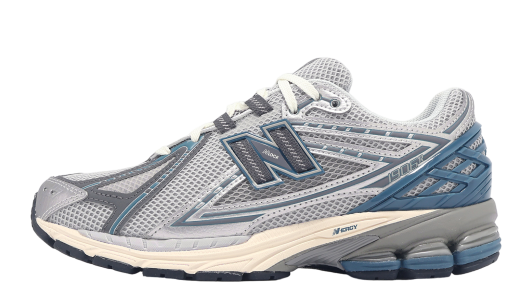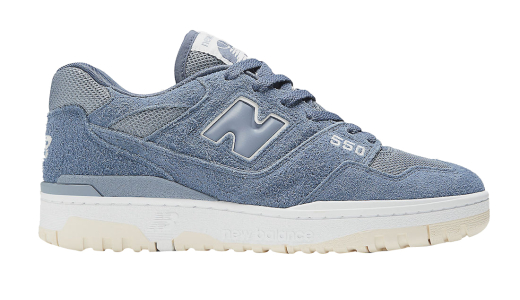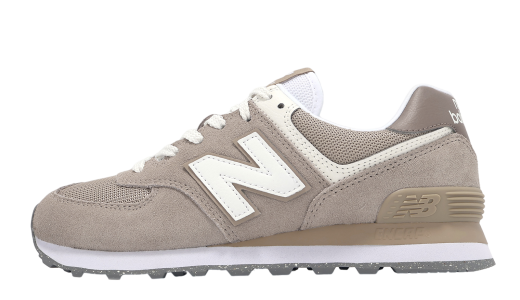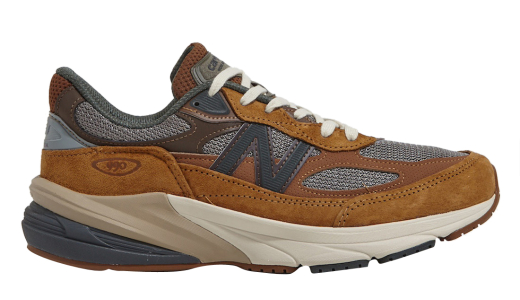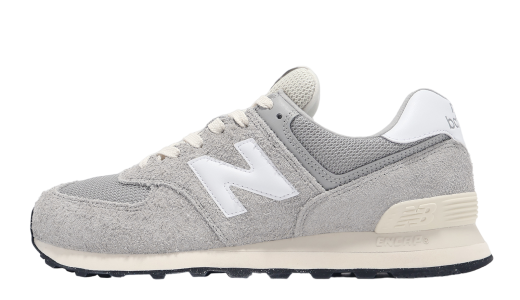New Balance
New Balance, an iconic American footwear brand, has carved out a distinctive niche in the competitive world of athletic shoes and apparel. Founded in 1906 in Boston, Massachusetts, the company initially specialized in arch supports and orthopedic footwear to address the need for better comfort in daily walking and running. Over the decades, New Balance has steadily expanded its product line to include a diverse range of sneakers, sportswear, and accessories for athletes and casual wearers alike. What sets New Balance apart in the industry is its unwavering commitment to quality, innovation, and the well-being of its customer base, evidenced by its use of premium materials and the inclusion of half sizes and multiple width options to ensure a perfect fit for every foot. The brand’s Made in USA and Made in UK lines highlight their dedication to maintaining high manufacturing standards and supporting local economies.
In addition to its reputation for comfort and fit, New Balance has become synonymous with a classic yet contemporary aesthetic that appeals to a broad demographic. Their collaborations with high-fashion designers, athletes, and influencers have produced limited-edition releases that capture the zeitgeist and resonate with sneaker enthusiasts worldwide. Furthermore, New Balance's commitment to social responsibility is demonstrated through various initiatives aimed at promoting environmental sustainability and community engagement. For instance, the company has made strides in reducing waste and increasing the use of recycled materials in their products, aligning their corporate practices with the global push toward greener business operations. In essence, New Balance’s blend of innovation, quality craftsmanship, and social conscience has solidified its standing as a beloved and forward-thinking brand in the crowded marketplace of footwear and sportswear.
History of New Balance
The History of New Balance
New Balance Athletics, Inc., commonly known as New Balance, stands as a testament to the rich history, innovation, and excellence in the world of athletic footwear and apparel. The company's journey from a humble arch support manufacturer to a global powerhouse in sportswear is marked by strategic decisions, quality craftsmanship, and an unwavering dedication to performance and comfort. This comprehensive history traces the evolution of New Balance, exploring its significant milestones, contributions, and the factors that have cemented its legacy over more than a century.
Early Beginnings: The Genesis (1906 - 1940s)
New Balance's inception dates back to 1906 when a 33-year-old English immigrant named William J. Riley founded the company in Boston, Massachusetts. Originally called the "New Balance Arch Support Company," Riley's initial concept was to create a product that enhanced shoe fit and comfort. Inspired by observing chickens in his yard, he designed a flexible arch support made of leather, with three support points to provide better balance – hence the name "New Balance."
Initially, Riley and his team targeted their efforts towards people who spent long hours on their feet, such as police officers and factory workers. The company thrived on a commitment to quality craftsmanship and customer-centric solutions, often creating custom designs tailored to individual needs.
Transition and Growth: Post World War II (1950s - 1960s)
In 1953, the company passed into the hands of Paul Kidd and his daughter, Eleanor, who continued to maintain the original philosophy of quality and comfort. However, it wasn't until the 1960s that New Balance began to broaden its horizon. The burgeoning interest in running and jogging began to reshape public attitudes towards athletic footwear, and New Balance seized this opportunity to delve deeper into creating specialized sports shoes.
A pivotal moment arrived in 1960 with the release of the "Trackster," the first running shoe to feature a ripple sole for enhanced traction. The Trackster garnered significant attention, particularly among college track teams and YMCA programs, due to its suitability for different running conditions and customizable width options—a feature that would become a New Balance hallmark.
James S. Davis Era: The Transformation (1970s)
A transformative chapter began in 1972 when James S. Davis, a young entrepreneur, bought the company on the day of the Boston Marathon. Recognizing the burgeoning demand in the athletic market, Davis focused on expanding the company's product range. His vision was not just about selling shoes, but about building a brand synonymous with innovation, quality, and athletic performance.
Under Davis’s leadership, New Balance launched the innovative 320 running shoe in 1976. The shoe received high praise in the runner’s world, notably after being rated number one by "Runner’s World" magazine, boosting the brand's profile. Another significant leap was the introduction of the 990 model in 1982, the first running shoe to retail for $100. The 990 was lauded for its superior comfort, stability, and design, fortifying New Balance’s reputation as a premier brand.
Expansion and Diversification: The Global Footprint (1980s - 1990s)
During the 1980s and 1990s, New Balance expanded its manufacturing capabilities and product lines considerably. The company emphasized domestic production with facilities in the United States and the United Kingdom, which helped maintain high-quality standards and rapid prototyping capabilities.
New Balance diversified its footwear offerings to cater to various sports including basketball, tennis, and cross-training, alongside its celebrated running shoes. The brand also ventured into apparel, providing athletes with a holistic sporting experience. Collaborations with medical and sports science experts ensured that New Balance shoes were not only comfortable but also enhanced athletic performance and injury prevention.
A notable feature introduced during this period was the “Made in USA” and “Made in UK” labels, reflecting New Balance's commitment to local manufacturing and quality craftsmanship, in stark contrast to the trend of outsourcing production to cheaper overseas factories.
Technological Innovation and Market Leadership (2000s - Present)
The turn of the millennium marked New Balance’s dive into technological innovation. Its products began to incorporate advanced materials and design concepts, such as the use of ethylene vinyl acetate (EVA) for better cushioning, and the ABZORB shock absorption technology. The specialized ENCAP midsole, combining a core of EVA within a polyurethane shell, became a staple in many New Balance models, providing unparalleled support and durability.
Moreover, New Balance’s “N” logo became iconic, with the brand's aesthetics striking a balance between function and fashion. The company also embraced digital transformation, blending e-commerce with traditional retail to enhance customer accessibility and service.
By the 2010s, New Balance had reinforced its global presence, with significant market shares in Europe and Asia. Strategic endorsements and collaborations amplified its appeal among diverse demographics, from elite athletes like track and field stars to fashion-forward individuals.
Commitment to Sustainability and Community
Modern New Balance places a strong emphasis on sustainability and corporate social responsibility. The brand integrates eco-friendly processes and materials in its manufacturing practices and strives to reduce its carbon footprint. Initiatives such as using recycled content in products and sustainable sourcing reflect the company’s dedication to environmental stewardship.
Moreover, New Balance actively engages in community support through the New Balance Foundation, founded in 1981. The foundation focuses on several societal needs, including promoting healthy lifestyles for children and supporting community development programs.
Legacy and Future Directions
New Balance's unique blend of heritage, quality, and innovation has played a critical role in its enduring success. Unlike its competitors, the brand has retained significant control over its production processes, which ensures high standards and consumer trust. The company remains family-owned, with Jim Davis and his wife Anne maintaining significant involvement in strategic decisions, lending a personal touch to its global operations.
Looking ahead, New Balance continues to innovate with products that leverage cutting-edge design and materials, including 3D printing and smart fabrics. The company’s strategic forays into new markets and collaborations with technology firms highlight a future-oriented approach, ensuring that it remains relevant in an ever-evolving industry.
In conclusion, the history of New Balance is one of remarkable transformation, from a humble arch support company to a globally recognized name in athletic footwear and apparel. With a foundation built on quality, innovation, and community, New Balance’s past achievements and future potential are set to leave an indelible mark on the world of sports and beyond.
